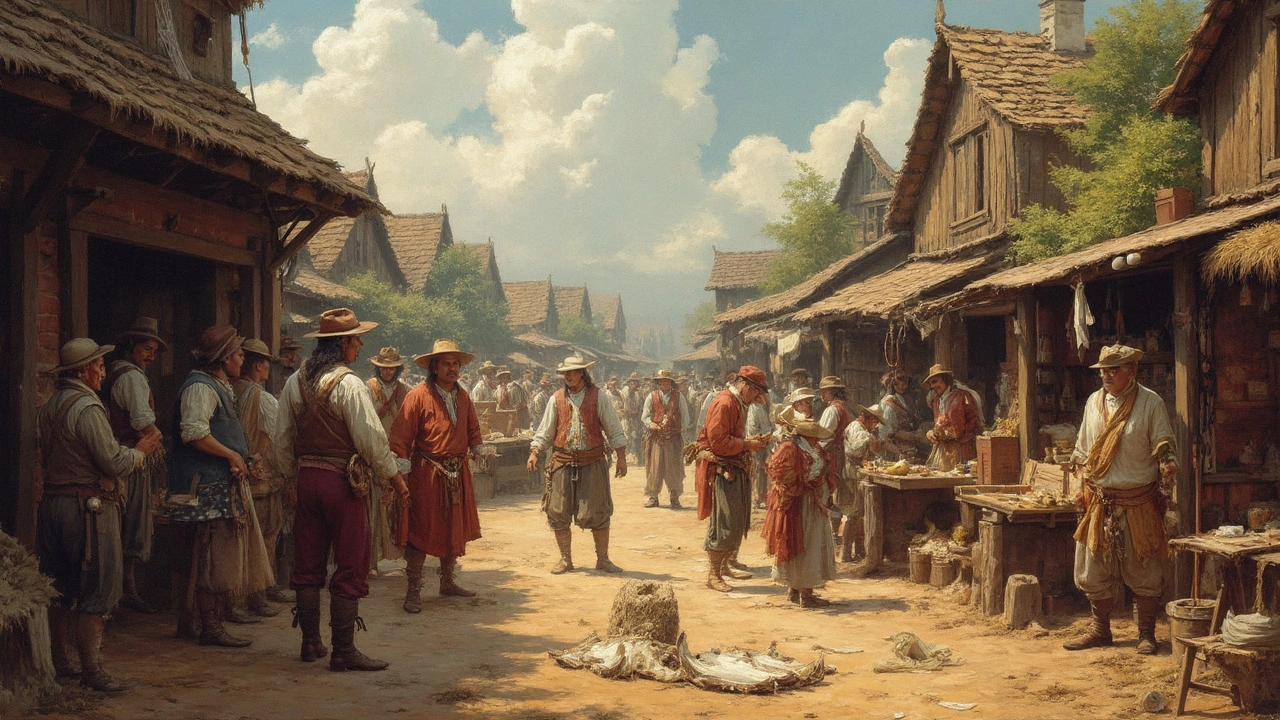Currency History: How Money Evolved Over Time
Ever wonder why we carry plastic cards instead of seashells? The story of money is a wild ride that started way before anyone thought of a bank account. Knowing the basics helps you see why prices move, why some coins are worth a lot, and how today’s digital cash fits into a centuries‑old picture.
Early Forms of Money
Our ancestors first used things that were easy to find and hard to fake. Think shells, cattle, or even big stone beads. These items had value because they were scarce and useful. In ancient Mesopotamia, people traded barley and silver, and scribes started writing down transactions on clay tablets. That was the first hint of bookkeeping – the brain‑child of modern finance.
When metal became popular, people realized it could be shaped into reliable coins. The Lydians (modern Turkey) minted the first official metal coins around 600 BC. Each coin bore a stamp that guaranteed its weight and purity, making trade faster and more trustworthy.
From Coins to Paper to Digital
Coins ruled for centuries, but they were heavy and inconvenient for big purchases. The Chinese cracked the paper‑money problem in the 7th century. Merchants issued paper receipts that could be exchanged for metal, and the government eventually took over, printing notes backed by gold.
Fast forward to the 20th century – gold standards faded, and governments started printing money based on trust alone. That’s why you hear “fiat currency” a lot. It means the money isn’t tied to a physical commodity; it works because we all agree it does.
Now we’re in the digital age. Credit cards, online banking, and cryptocurrencies like Bitcoin have turned money into code. Even though the format changes, the core idea stays: a medium that most people accept for goods and services.
Understanding these shifts helps you spot trends. When a country prints too much paper money, inflation spikes. When digital wallets grow, traditional banks may need to adapt. And when a new coin like a stable‑coin gains traction, it can affect how we think about savings.
So next time you swipe a card or see a historic coin in a museum, remember you’re looking at the latest chapter in a story that began with a simple shell. Knowing that story makes the modern money maze a lot less scary and a lot more interesting.





